- 28/02/2024
While Elmley can boast some of the UK's best birdwatching all year round, early spring offers an exquisite chance to see the final flourish of our winter visitors in exceptional numbers, along with the first signs of Spring, with skylark song, displaying lapwing and boxing hares in the morning.
Elmley’s unique, self contained accommodation, is your very own bird hide complete with a comfortable bed, ensuite bathroom and huge views across the Reserve. A stay at Elmley allows you to experience some the UK’s best birdwatching, literally on your doorstep.
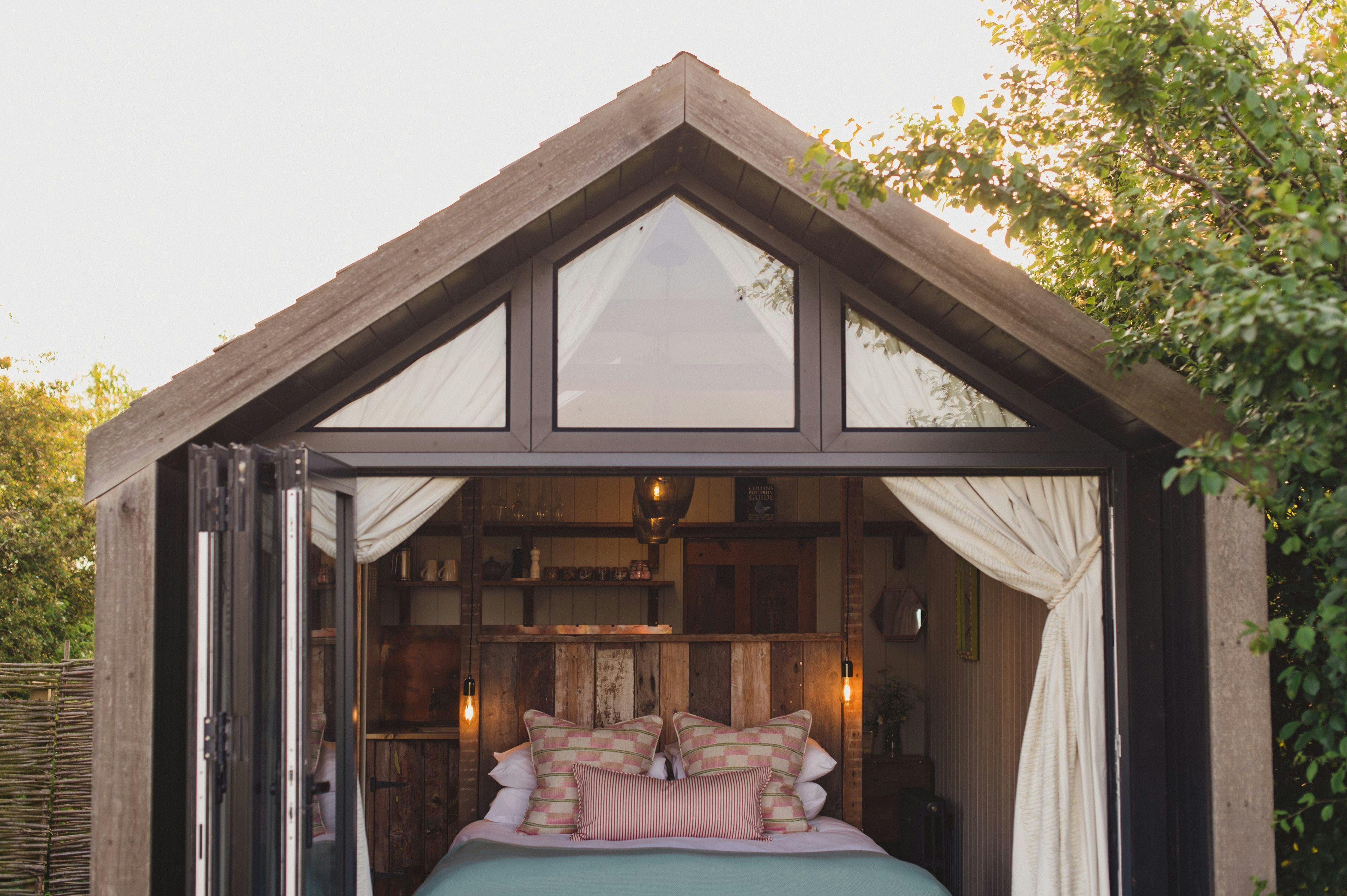
Our brand new Individual Bird Watching Retreats offer the ultimate opportunity to observe the Reserve’s most secretive resident birds and visitors during dawn and dusk, in complete peace.
The package includes a tour with the Wildlife Team, a personalised map highlighting the best locations and times for spotting specific species, and a home cooked dinner and breakfast delivered to your hut or your preferred birdwatching spot!
To coincide with the Retreat's launch, our Lead Nature Guide Simon highlights just some of the remarkable species currently making Elmley’s incredible habitat their home.
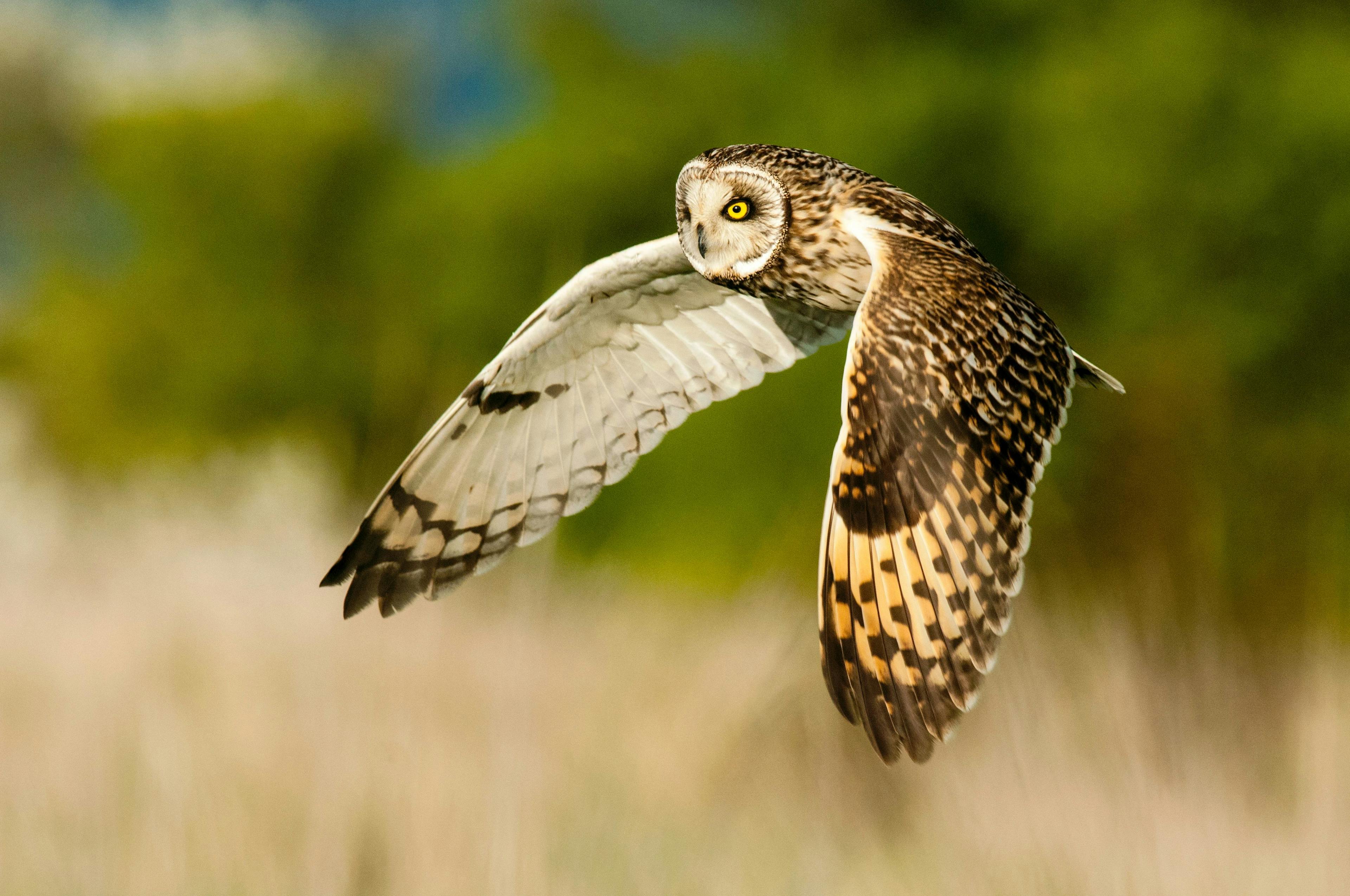
(photo credit - Robert Canis)
Little Owls
The Little Owls are showing reliably on clear days at the Old School House, where they prefer the far wall and are amazingly camouflaged against the old bricks, so viewing is helped with a guide.
Barn Owls
The Barn Owls can be seen hunting early in the morning and from mid-afternoon. These awe-inspiring dawn and dusk displays are a joy during a stay (particularly when they accompany your morning coffee or evening glass of wine!)
Long-Eared Owls
The Long-Eared Owls are generally very secretive, although they can display magnificently at this time of year. At the moment they are roosting out of sight, but can be spotted after dark. If you’d like to venture out with one of the team in the evening for after dark experience, armed with thermal imagers and torches, this can be arranged on request.
Short-Eared Owls
We have potentially up to 30 Short-Eared Owls on the Reserve this winter. Numbers will start to dwindle around the middle of March, but a small number should linger until late April. The opportunity to see eight to ten perched on posts at one time is magnificent. It’s been an exceptional winter for the Short-Eared Owls at Elmley, the type of which we only see every three to five years, depending on vole numbers in the arctic.
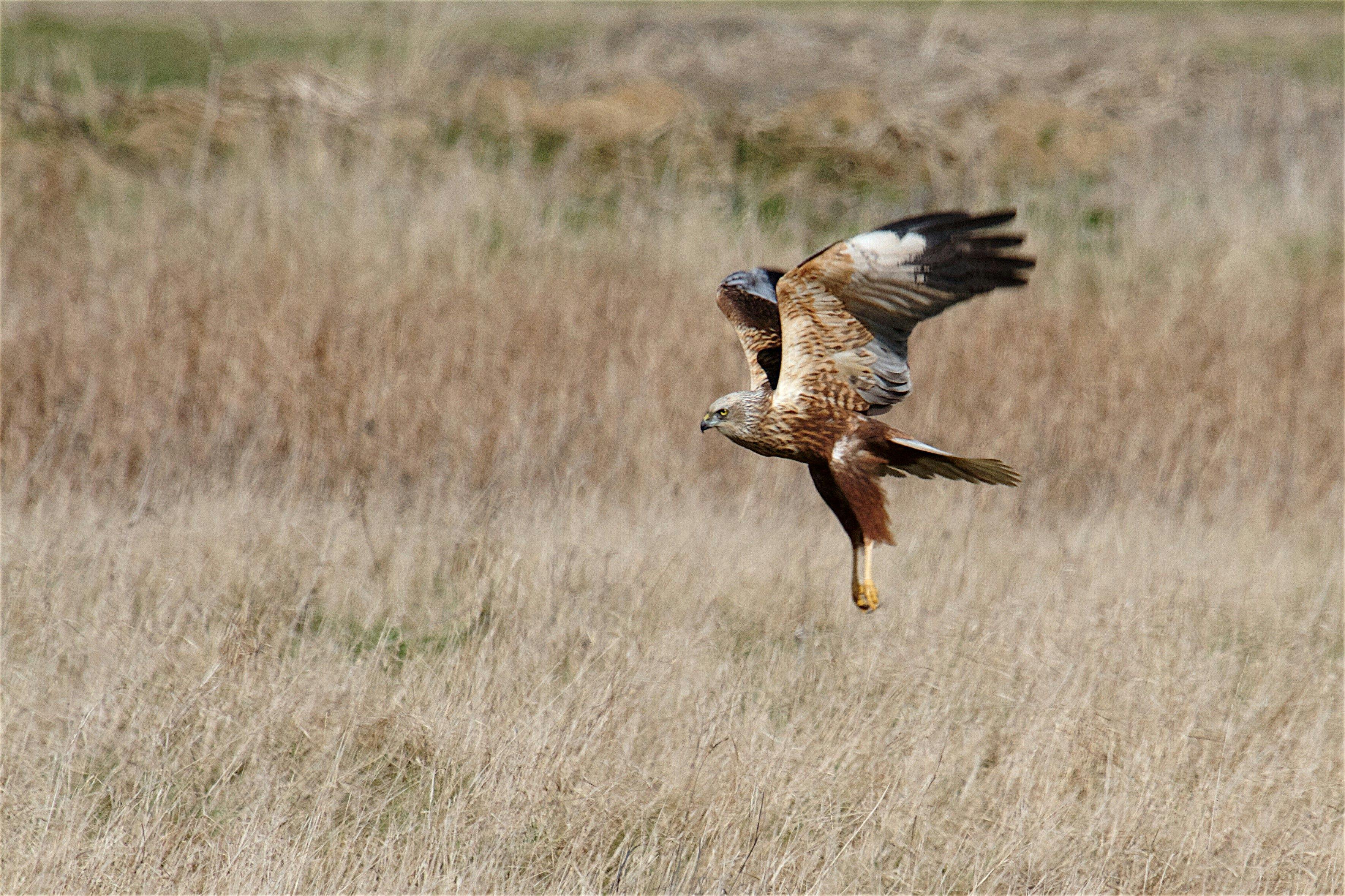
(photo credit - Sula Reidlinger)
White-Tailed Eagle
Over the past couple of weeks we have had a White-Tailed Eagle here, a species you’d previously have had to go up to the west coast of Scotland to see.
These huge birds were reintroduced to the South East of England in 2019 and last year a pair successfully bred in Arundel, West Sussex. It is especially exciting that our recent visitor is that male chick, the first to be born in the south in the wild for over 200 years. During late February and early March last year we had another one of the released birds spending a few weeks on the reserve, so we are hoping this might become a regular occurrence.
Peregrines and Merlins
Both Peregrines and Merlins continue to be seen across the Reserve, both drawn to Elmley because of the ample opportunity to hunt across our wild expanses.
Marsh Harriers
The Marsh Harrier roost at the Brickfields reedbed is a brilliant sight at the moment, with around 75 individuals to be seen (with over 90 across the whole Reserve). Once extinct in the UK marsh harriers their numbers have been increasing since the 1970s, particularly in the East of England, Elmley offers a unique opportunity to see this impressive bird of prey in such numbers. One of the highlights of an evening at Elmley is watching the huge numbers of marsh harrier flying overhead returning to their night time roost.
Hen Harriers
Hen Harriers are being seen most afternoons on the Reserve, sticking to quite reliable times and locations. Elusive throughout much of the year, this is a rare treat.
Bittern
Known as a secretive species, moving silently through reeds at the water’s edge, the Bitterns have been showing brilliantly this season.
Jack Snipe
Purely a winter visitor from the Russian Arctic, we are pleased to have this wading bird here at the moment. Sightings of the Jack Snipe in the UK are getting fewer and fewer as they only come here when the winters are bad in Russia and Scandinavia. Because of their size and camouflage they are very hard to see - , as they are so amazingly camouflaged they look like they are made of grass. This means they are best-viewed with the help of a guide.
Great Northern Diver
We currently have a Great Northern Diver on the Reserve all the way from the great lakes of Canada & North America. While they usually spend the winter on the sea they favour the Reserve’s shallow areas.
Long-tailed Duck
A Long-tailed duck from the Arctic, known for their hilarious calls (take a look on Youtube) has been seen on the Reserve. Protection of their wintering sites is vital due to their red list status and vulnerability to oil pollution at sea, Elmley’s environment is the perfect haven for them.
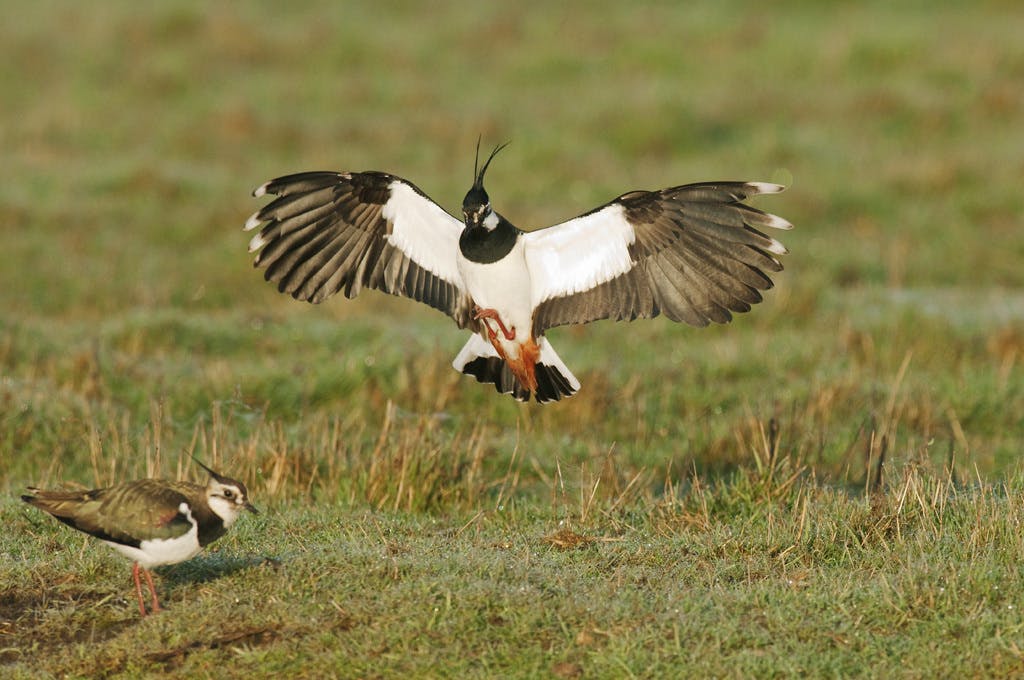
Wading birds
The Curlew continue to show brilliantly in the cut meadows, with at least 800 birds across the Reserve. An exciting number, and our work on restoring the breeding population of these beautiful but at risk wading birds is an important ongoing conservation project here at Elmley.
The pool opposite the Swale Viewing Screen and beneath some of the huts continues to be amazing at high tide and remains one of the best places on the reserve to see a wide selection of ducks and waders. Hundreds of Wigeon, Lapwing, Curlew, Mallards, and other ducks and waders gather to rest and feed at high tide, an amazing spectacle.
And excitingly we are seeing the signs of Spring with displaying male lapwing. They are occupying their territory and breeding has started - the arrival of the first lapwing chicks in April is always eagerly anticipated at Elmley. And we look forward to sharing this news with you.
Barnacle Geese & White-fronted Geese
Throughout February we have had 18 Barnacle Geese on the Reserve, which who arrived from the Netherlands, along with 90 White-fronted Geese who had flown from central Russia. While they have now gone, these birds, who breed on the edges of glaciers, may return up until the end of March.
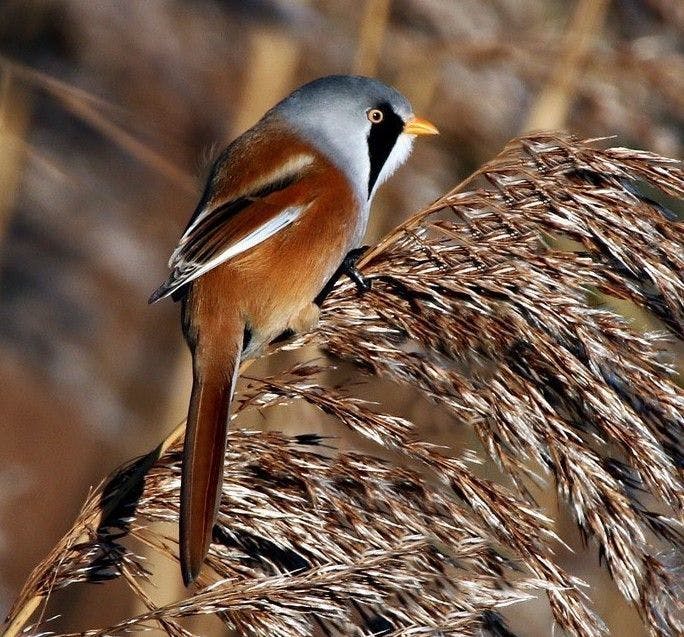
Skylark
The skylark is here all year, in our grasslands habitat, but the hearing its song at this time of year is a wonderful sign that Spring is coming. The male calls signals the start of their breeding season and their beautiful song will always inspire hope for this declining species. At Elmley we have over 100 pairs each Spring across the marshes.
Bearded Tits
The reedbeds are a hugely special habitat supporting a vast variety of wildlife, and a key part of Elmley’s nature recovery efforts. A wonderful place to watch wildlife - at first glance you may not see anything but take the time to sit quietly and watch, they are full of small birds. Bearded Tits are visible in the reedbeds near the trails but best viewed with a guide on a tour which goes onto a different route closer to the reedbed.
Goldcrests
There are still around 12 of these tiny birds wintering on the Reserve and remain a highlight for many guests. They are Europe's smallest bird and while they are not rare or scarce, they are hard to see because of their size. They have to spend all their daylight minutes feeding, but can sometimes be seen from mid afternoon onwards as they roost just along the treeline of the Old School track - perfect for guests heading out on an early evening walk.
The Individual Bird Watching Retreat retreat includes an overnight stay with dinner and breakfast, a group wildlife tour, and a personalised Reserve map highlighting the best locations and times for spotting specific species, created by Elmley's Lead Nature Guide, Simon, tailored with both the guest and the season in mind.
Find out more about our Retreats and book your stay.
(photo credit - Rebecca Douglas)